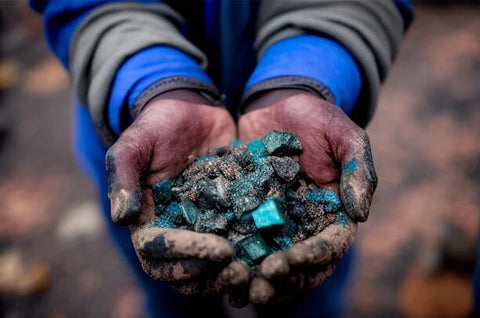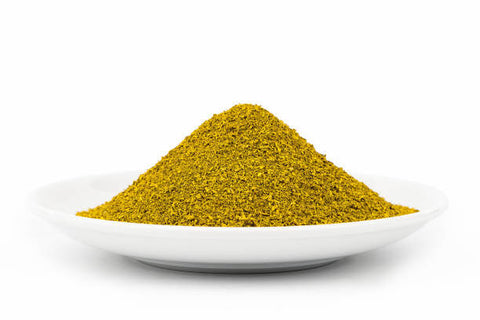

You have %itemCount% in your cart.
Total being %total%

Leaching: Metal escaping into the water supply
Having just received a letter from the city Health Department (because of the age of the house) suggesting the incoming water pipe should be inspected to see if it was made from lead reminds us that this is a good time to talk about toxic metals in your water supply.
This is particularly important if someone is pregnant or there are young children in the house.
The Environmental Protection Agency (EPA) tells us that if the levels of dissolved lead in our water exceed 15 parts per billion (ppb) then we need to take action.
Below that level is essentially benign for most humans except there is one important thing to remember: There is no safe level of lead for children under the age of seven or for pregnant women.
If lead enters the bloodstream of a gestating infant, the result is usually some degree of impaired brain development, behavioral problems, learning difficulties, or spontaneous abortion.

Back in Roman time, water pipes were either made of lead, if they were under high pressure, or clay (terracotta), if they moved water at low pressure. The Romans were not stupid by any means.
They knew that lead could dissolve into the water and have health consequences, so the water was kept flowing constantly into bathhouses, public fountains, and rows of public lavatories.
Aside from philosophers and medics, the famous Roman architect Vitruvius spoke to city officials saying “Water should never be conducted in lead pipes if we desire that it should be wholesome.”
But the metal was too valuable to the economy, to the tune of mining 18 million tons between 500 and 300 B.C.E.
For the Romans, lead usually didn’t have much opportunity to accumulate in the water. Some still sweetened wine with lead acetate, though they knew it caused nerve damage and quaking or temporarily paralyzed hands.
Their damage was largely self-inflicted. Lead is often cited as the cause of the decline of the Roman Empire.

In our systems we have faucets that can stop the flow of water and leave it sitting in the pipe for an indefinite length of time. This provides enough time for the higher concentrations of lead to build up.
In fact, lead pipes were used on a regular basis as late as 1958 in North America. If your home was built before then it would be a good idea to see if you have a water inlet pipe made of lead, or even the pipes within your home.
You can even experience lead leaching out of the solder used to join copper pipes in more recent housing, if the builders hadn’t switched to the newest non-leaded versions.
In many cases, lead is something you have some control over. You can replace old pipes, if needed. Most other metals are outside your direct control; you rely on a clean water supply, but if there is contamination you still have choices, so let’s look at them now.

Most any metal can be toxic in large quantities—even iron which is absolutely essential in every one of our blood cells, though with a concerted effort you could achieve iron-poisoning.
We need traces of many natural metals to live. Some you wouldn’t even think of, such as cobalt that usually invokes ideas of radioactive cancer treatment. That particular metal is actually essential in the B12 complex vitamins, and we would die without it.
On the other hand, metals such as cadmium or mercury are toxic at very low doses and are completely useless to the human body. Removing them from our shower water is essential.

Our multi-stage filters rely on the calcium sulfite stage to catalyze the undesirable chemicals, like chlorine, and make them harmless.
They rely on the Granulated Activated Carbon filter to capture dissolved organic chemicals such as pesticides, fertilizers, hydrogen sulfide (that rotten egg smell), dissolved drugs (leftover pharmaceuticals that people have flushed down the toilet instead of returning to the drugstore for proper disposal), and strange tastes or odors.
The metals, however, require the Kinetic Degradation Fluxion (KDF) stage, where copper and zinc alloys interspersed with brass granules creates a tiny electric field resulting in a process known scientifically as redox, or oxidative reduction.
This tiny electric field can kill microbes, but its most important function is to bind undesirable metal ions to its surface or to degrade toxic components into something harmless. It is a useful added bonus that it inhibits the growth of algae, fungi, and mold.
If you live in an area subject to toxic metal contaminants, or any undesirable components in your water supply (as most of us do), please feel free to look over our exceptional selection of high quality filtration products.
We’re more than happy to answer any questions you may have. Just click here to go directly to our online contact form and we’ll get back to you within 24 hours!